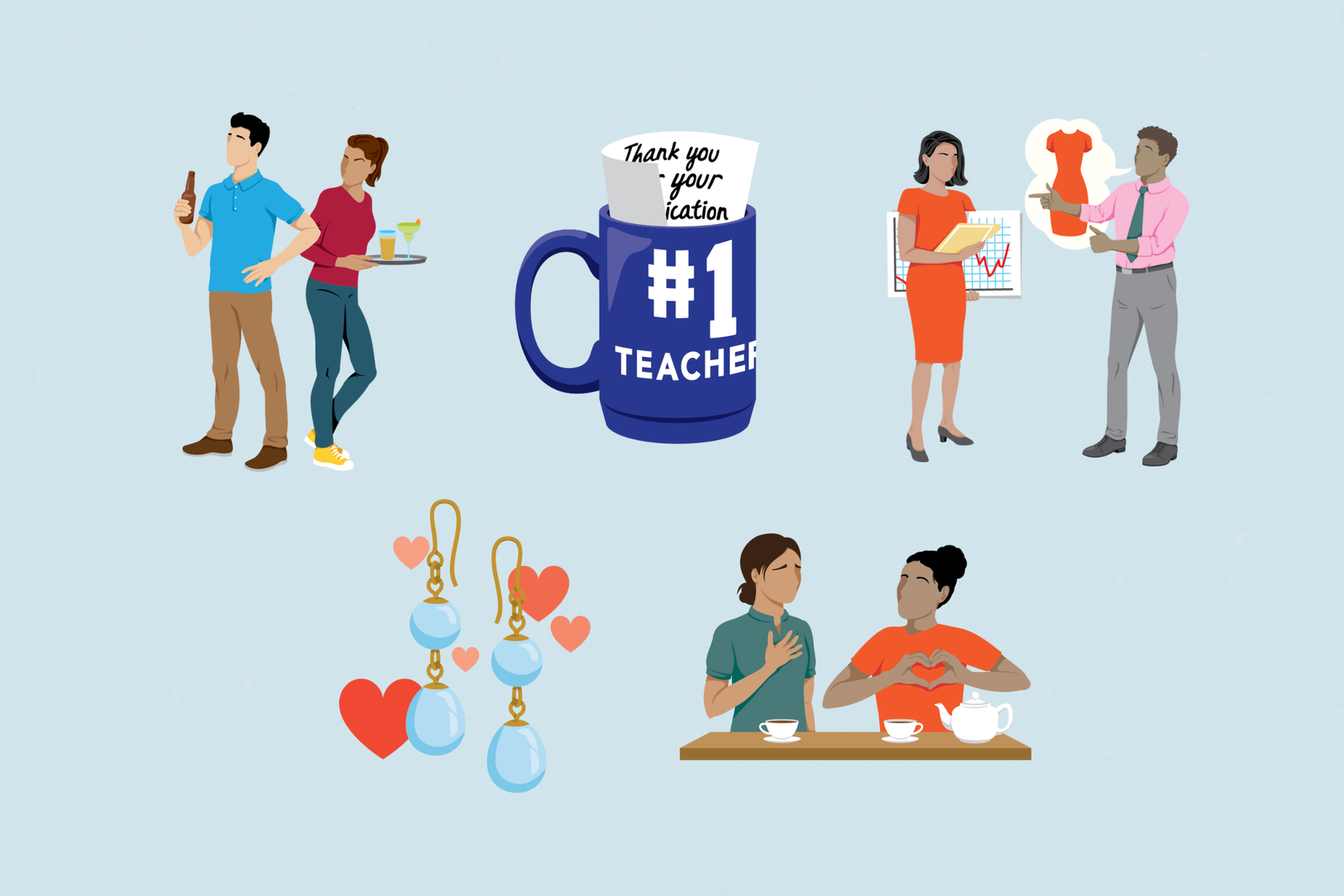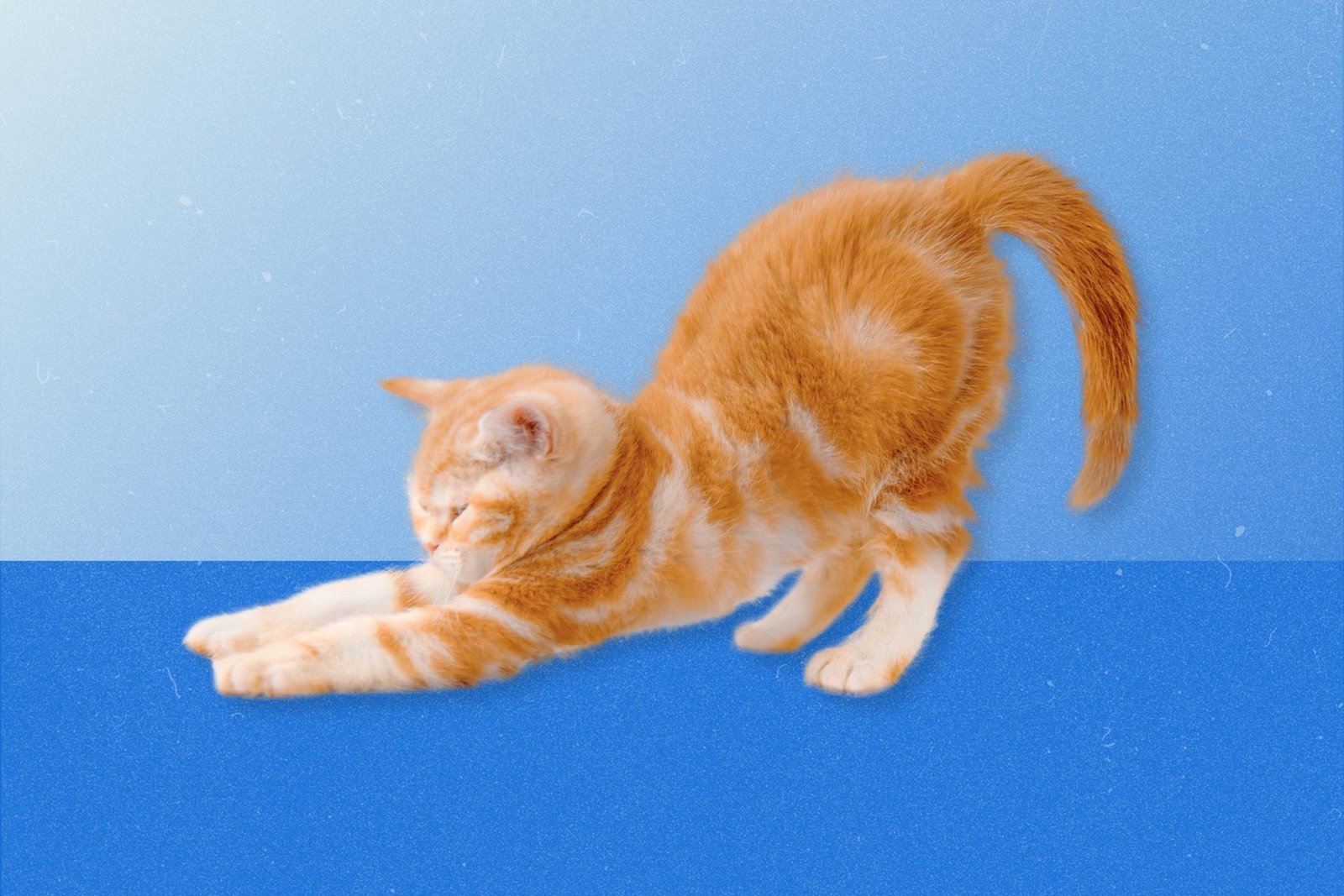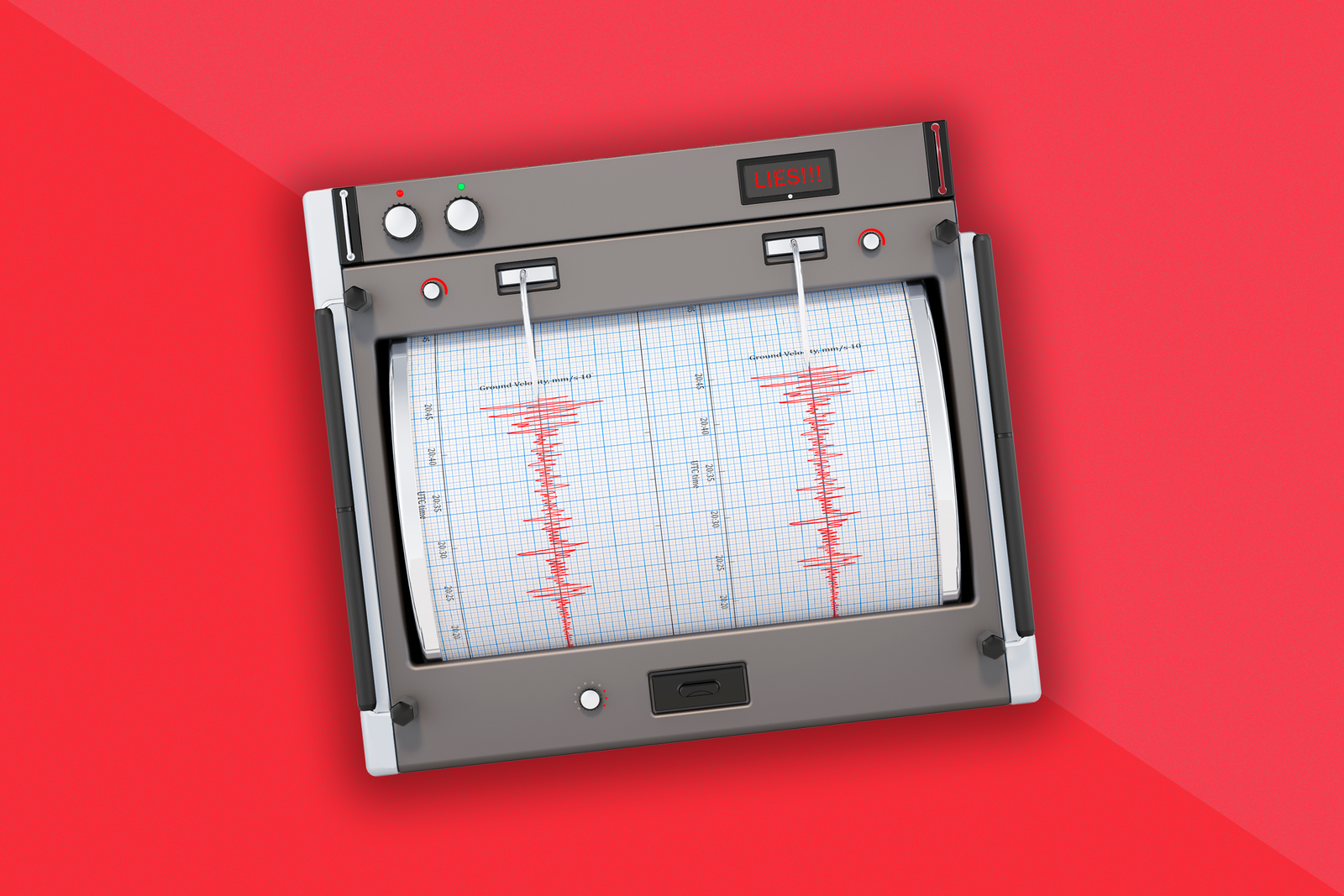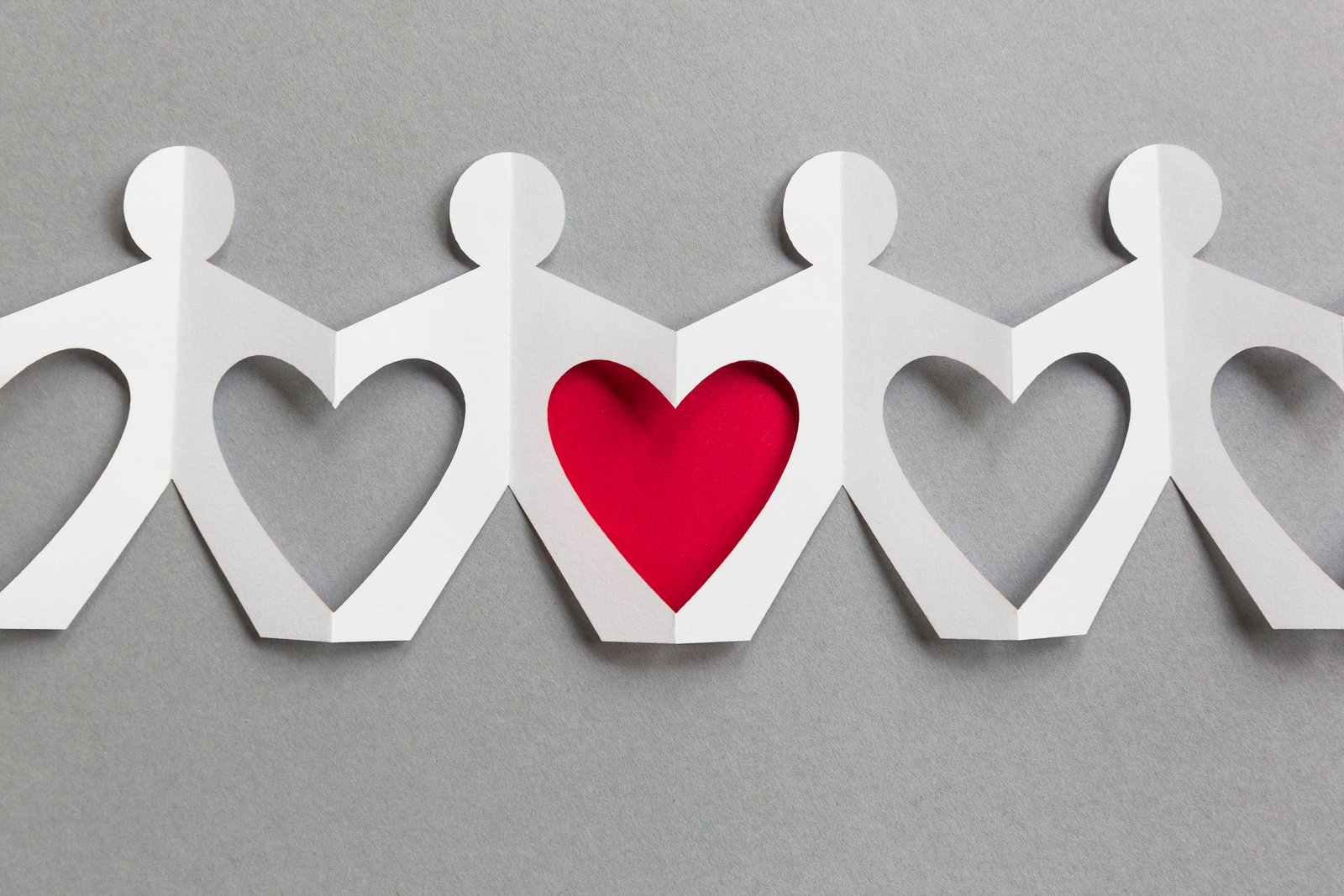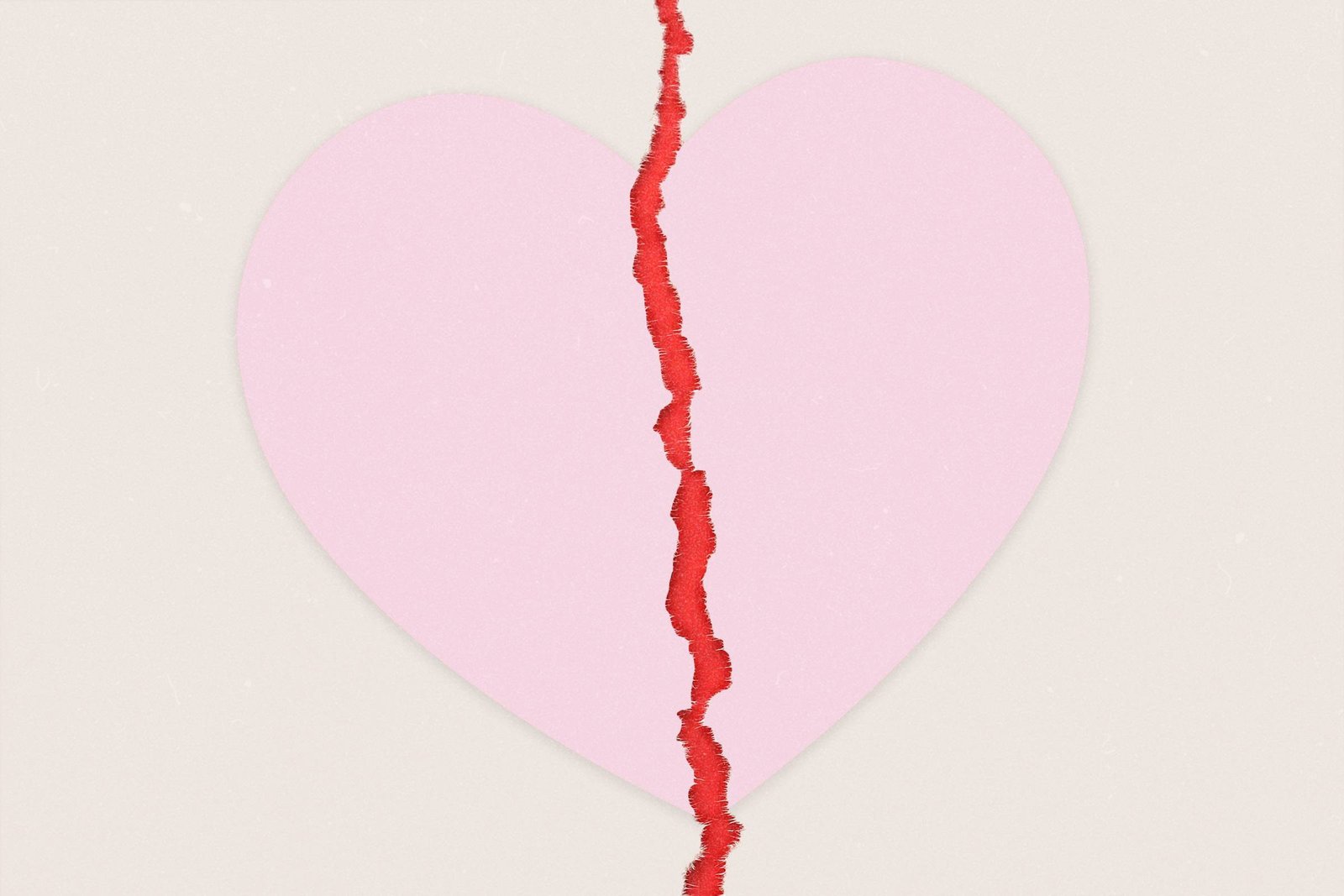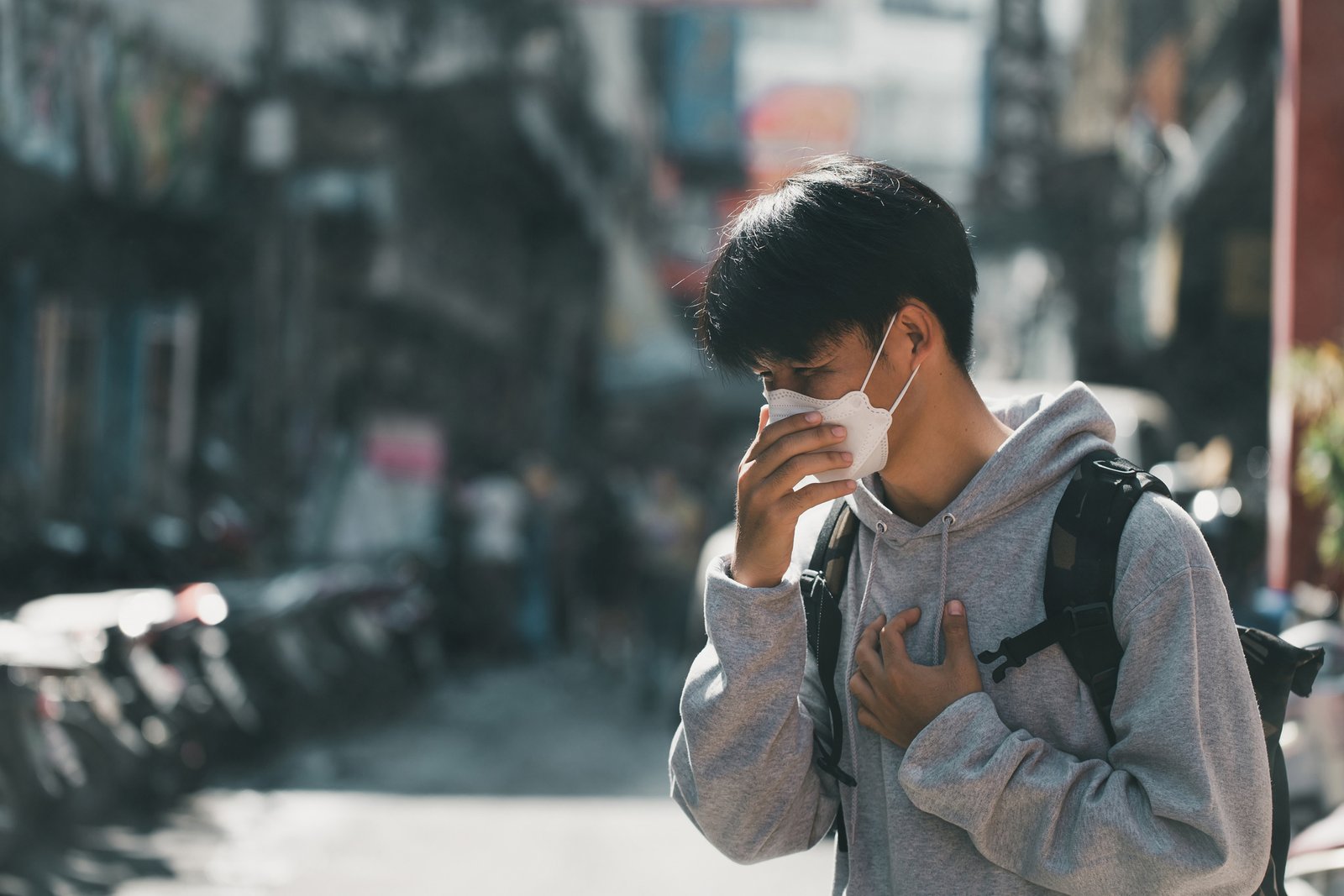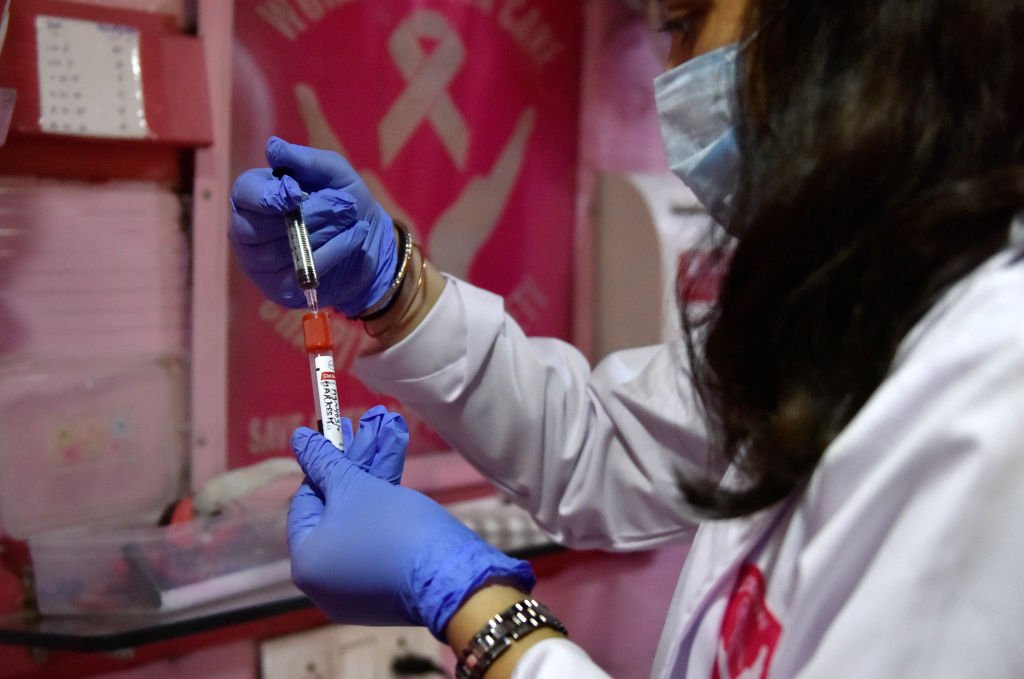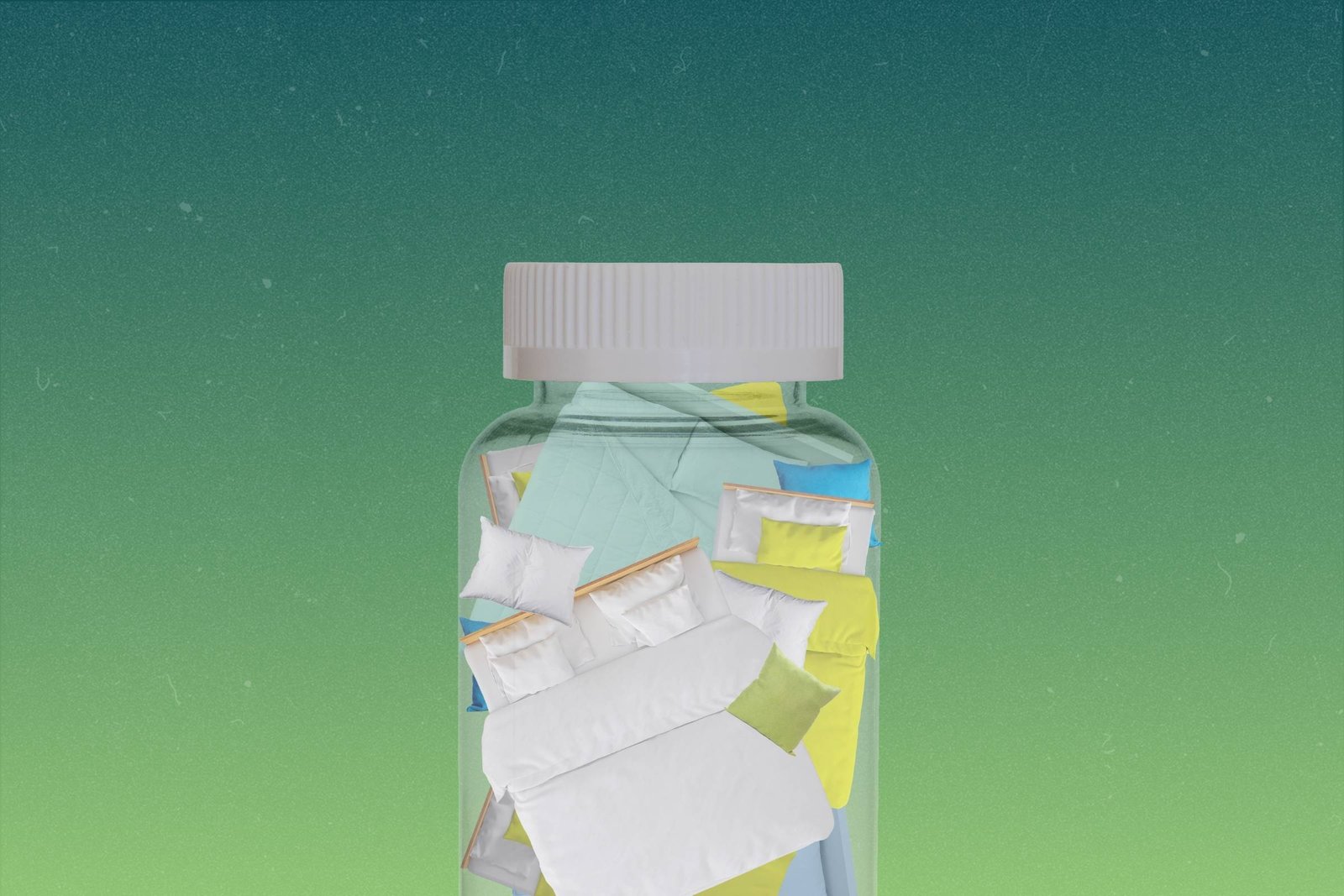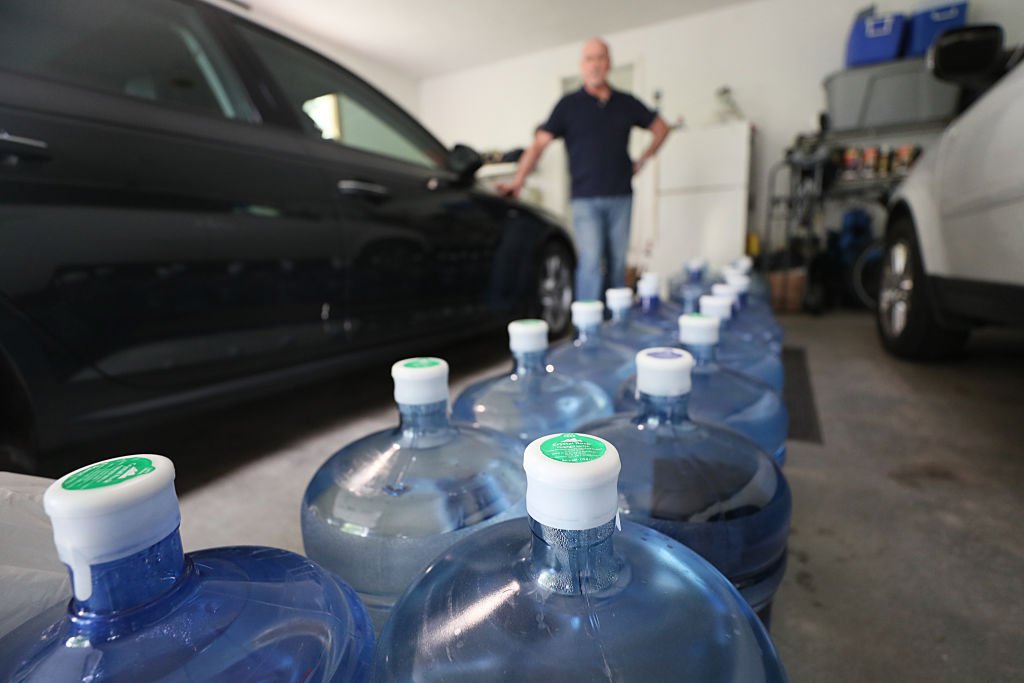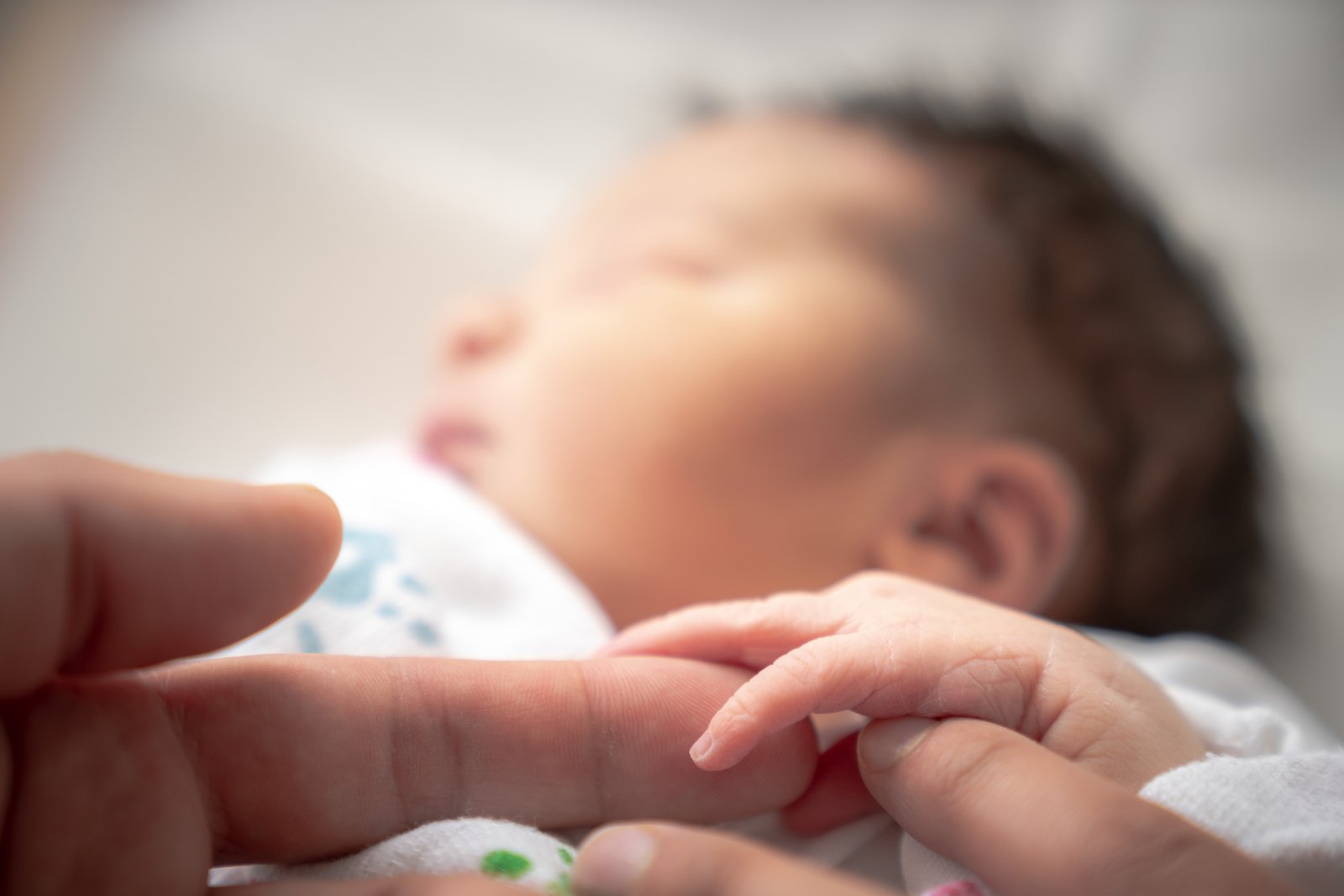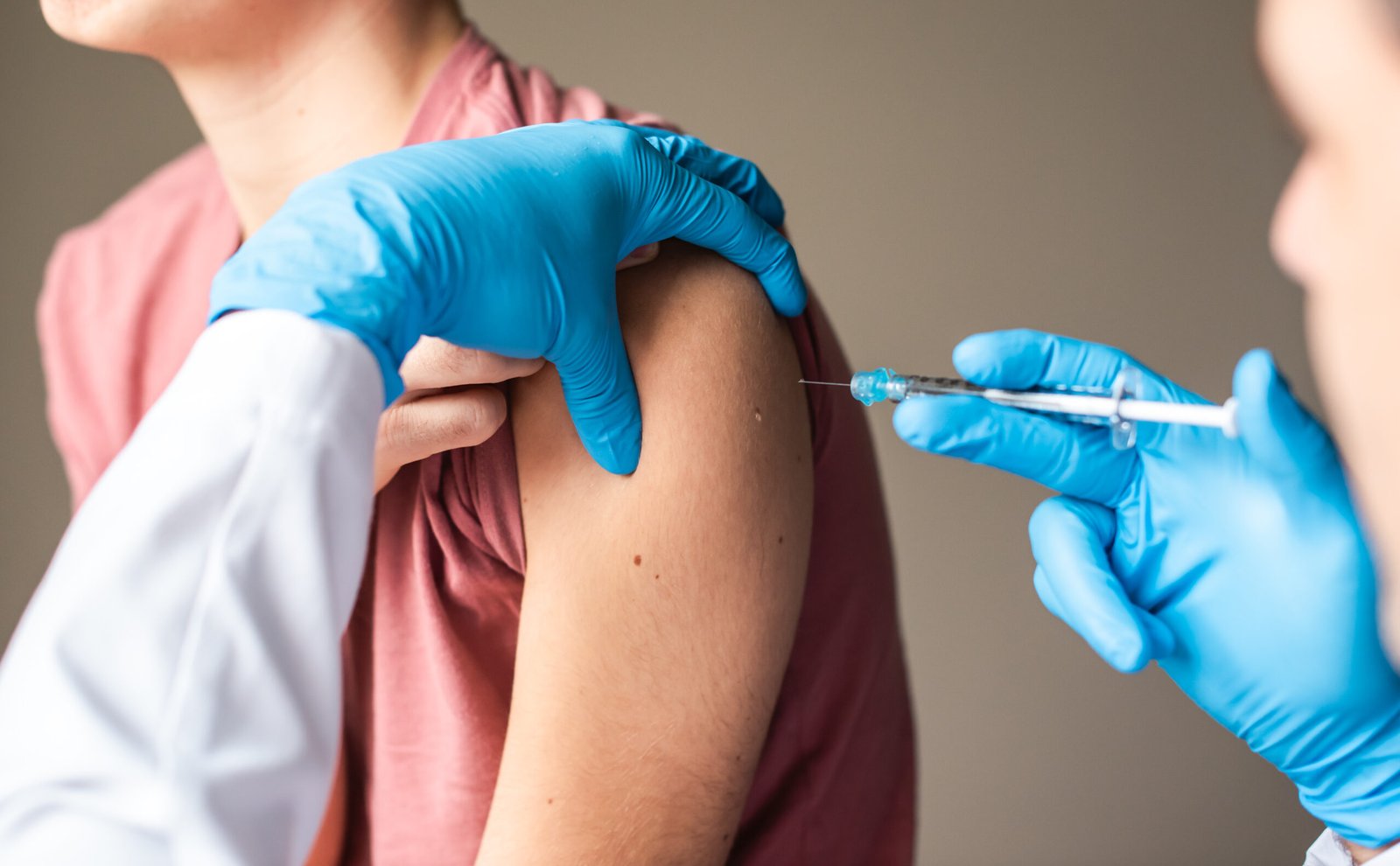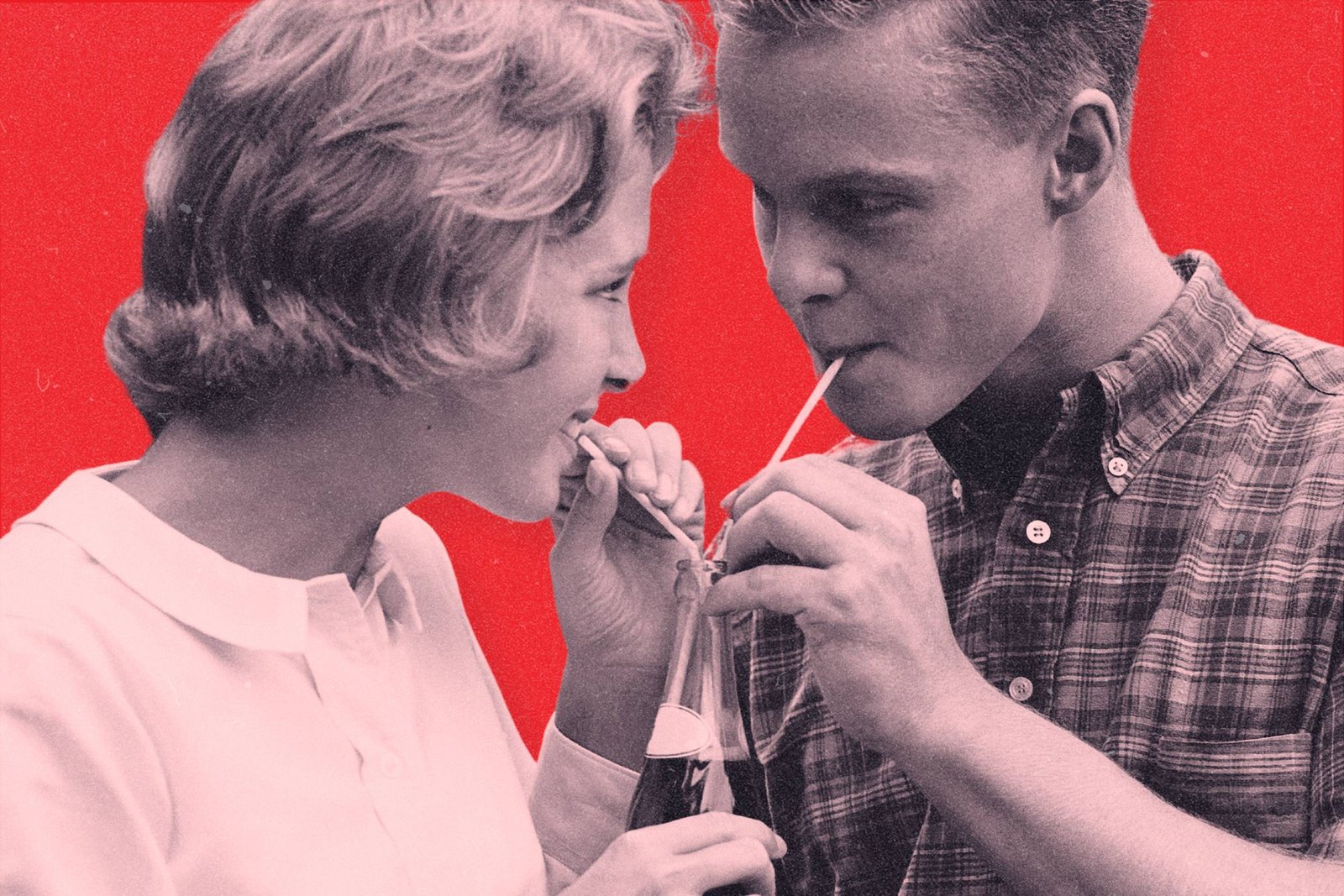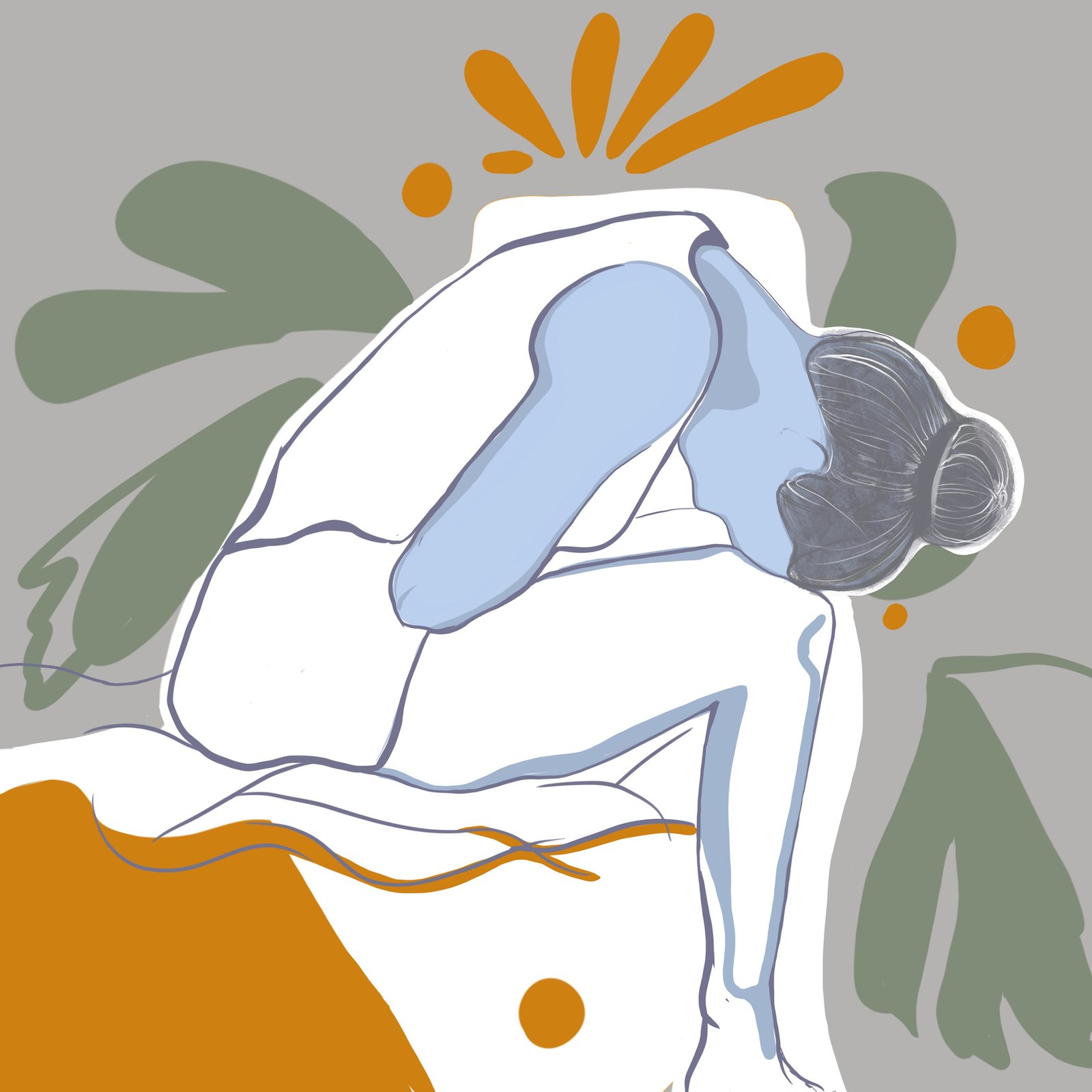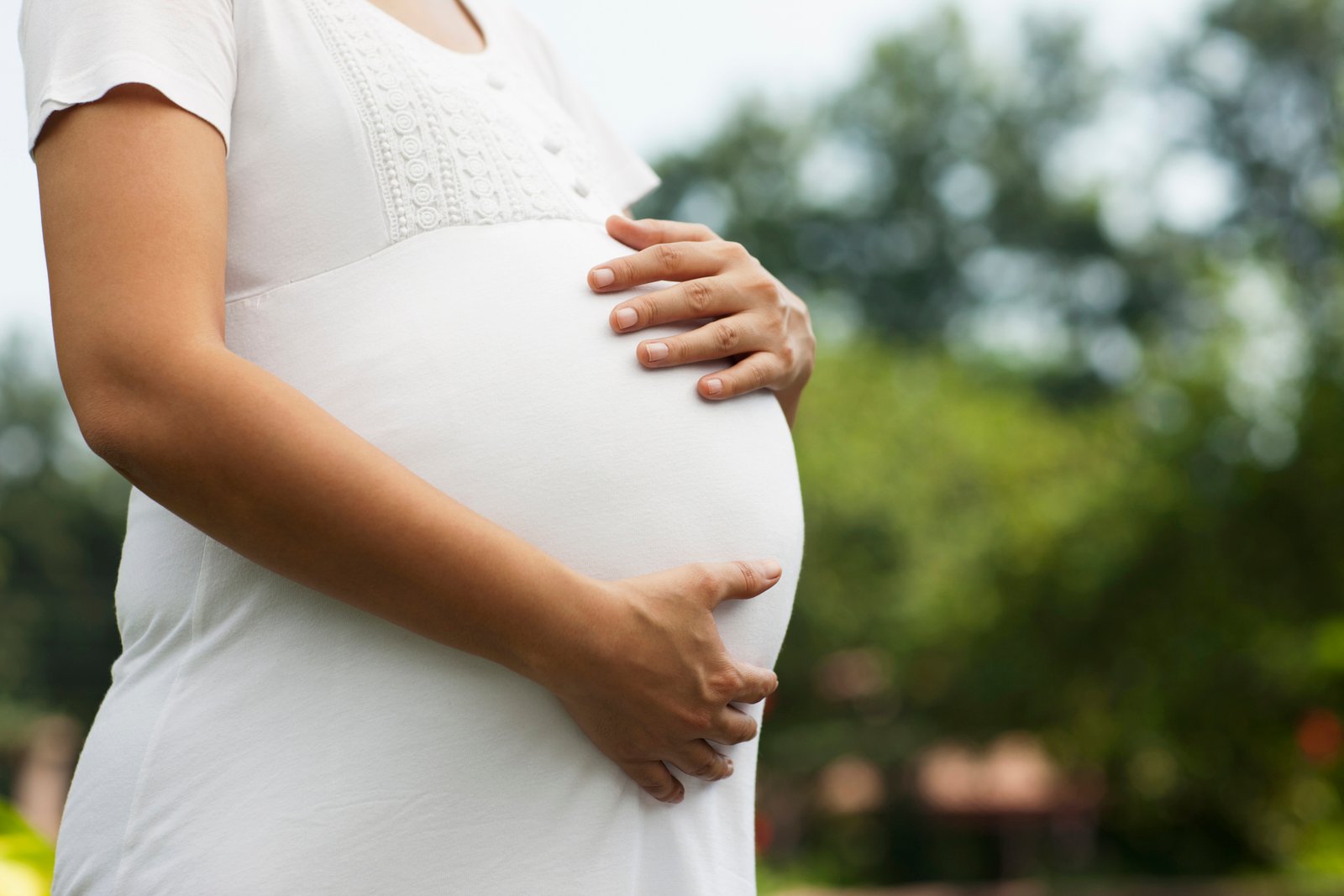
English News: 6 Compliments That Land Every Time
English News: 6 Compliments That Land Every Time
[[{“value”:”
On a recent weekday afternoon, Xuan Zhao popped into the post office shortly before it closed. The man helping her was incredibly patient and went out of his way to assist her with a pile of packages. So before she left, she handed him a compliment card she had designed. “Your willingness to go the extra mile never goes unnoticed,” it said on the front. The flip-side read: “You’re receiving this compliment because your awesomeness deserves a big shoutout,” along with a reminder that kind words have the power to brighten other people’s day more than we might expect, and a suggestion to pay it forward. “He had such a big smile on his face,” she recalls.
[time-brightcove not-tgx=”true”]
Zhao, a behavioral scientist at Stanford University who’s the CEO and co-founder of the well-being start-up Flourish Science, has spearheaded research that suggests we tend to underestimate the positive impact compliments have on both ourselves and the receiver. As a result, we don’t give as many as we should. “The compliment is one of these really powerful, small actions that brighten your day and brighten someone else’s day,” she says. “And it costs nothing.”
Why is a compliment so impactful? One of the most important things to humans is to feel valued and respected by others, and like we belong, says Vanessa Bohns, a social psychologist and professor of organizational behavior at Cornell University, who has researched compliments. “We’re always attuned to any scraps of information we get about how we’re viewed by other people,” she says, but rarely do we receive any. “When we get a compliment, it gives us that feedback we want to know so badly about what other people think of us.” An expression of admiration provides a “sliver of hope” that we’re viewed positively in some attribute, she adds, like work or fashion—which activates the reward center of the brain and bolsters our spirits. According to Bohns’ research, people feel “significantly better” after both giving and receiving a compliment, compared to how they felt beforehand.
With that in mind, we asked experts to share some of their favorite compliments—and why they resonate.
“You handled that situation so well.”
Bohns recently used her favorite compliment when she saw a server navigate a difficult situation with a customer at the bar. “I like it so much because you use it in fraught moments where the other person is often unsure of whether they handled a situation OK,” she says. “It reassures the person that they did and shows them that their efforts to defuse a situation or help someone out have not gone unnoticed.”
In situations that call for a compliment, don’t second-guess yourself. Dole them out generously. People sometimes worry that they’re going overboard with compliments and will start to sound insincere. That concern is unfounded, Bohns says. “Our threshold for how many compliments we think we should be giving is lower than what people find acceptable,” she points out. “You don’t need to go crazy, but you could probably be giving compliments more frequently than you think.” As long as you genuinely mean what you’re saying—versus making something up in hopes of personal gain—consider compliment permission granted.
“You make even ordinary moments feel extraordinary.”
This compliment—one of Zhao’s favorites—works well among romantic partners and close family members. “It’s a beautiful and profound way to highlight how their presence turns life into something meaningful and worthwhile, despite mundane routines and the ordinariness of our everyday lives,” she says.
Read More: 7 Low-Stress Ways to Start Decluttering
If you’re afraid that giving a compliment like this will feel weird, you’re not alone. People tend to be overly concerned about how to give a compliment competently. We feel pressure to perform well—like if we don’t word our kind words perfectly, we’ll be laughed at. One way to overcome this fear is to do a practice run, says Erica Boothby, a social psychologist at the Wharton School of the University of Pennsylvania, and co-author of Bohns’ compliment research. “If it makes you personally feel like the bar is lowered for you to give a compliment if you write it down, or if you practice saying it out loud or giving your pet cat the compliment first, do that,” she says. Making yourself feel comfortable—by reciting compliments into the mirror, if that’s what it takes—is worth the effort.
“I’m really impressed with your ability to work under pressure.”
Respect is essential when delivering compliments. Most women can recall so-called “compliments” that didn’t land—think catcalling and other unwanted remarks about physical appearance. “These aren’t really compliments because they aren’t showing respect,” Bohns says. Before you say something nice to someone, make sure you’re doing so in a thoughtful, appropriate way. If a colleague has just finished an impressive work presentation, for example, don’t compliment her looks. To do so “wouldn’t be saying, ‘We value you in this work context, where work is the important attribute,’” Bohns explains. “It’s like, ‘Nice try, but you looked pretty doing it.’” It’s also important to avoid backhanded compliments, which may appear innocuous but actually contain hidden criticism or insults—and to ensure your language isn’t sneakily comparing two people.
“I love the way you bring out the best in people.”
Be specific. Details can elevate a so-so compliment to a great one, so make it a point to highlight specific qualities or actions. Zhao likes this one because “it acknowledges an individual’s willingness, effort, and growth mindset in recognizing and cultivating the potential in others—often before these individuals see it in themselves,” she says. “This is high praise for anyone seeking to make a positive impact, such as a leader or a teacher.”
Read More: Want to Give Your Life More Meaning? Think of It As a ‘Hero’s Journey’
If you just watched someone deliver a compelling talk at a conference, for example, tell them which part resonated with you the most. Instead of a generic “good job,” say, “Your talk was really inspiring,” Zhao suggests. “If you can say a bit more about how it inspired you to think about something in a new way, that’s even better.” You can also tailor a compliment by, for example, acknowledging someone’s progress in an area they’ve been working hard on—like slowing their pace or cutting filler language out of their sentences—-which shows you value their progress and effort.
“Hey, great earrings!”
Feel free to compliment strangers. In Bohns’ research, students on a college campus were told to approach a stranger of the same gender and compliment them—about, for example, their nice shirt. Before heading out, the study participants were asked to guess how good the compliment would make the other person feel, and it turned out they underestimated the positive effect—while overestimating how annoying it would be to be stopped by a random stranger. “Across all contexts, it makes people feel better than we expect,” Bohns says. Strangers are more likely to be flattered than befuddled. Plus, who knows? You might make a new friend in addition to making someone’s day.
“Your performance was brilliant.”
People rarely tire of receiving kudos, so if you’re with a friend who’s considering paying a compliment, encourage them to do so. “If you’re not the one who has to figure out the right wording and go talk to a stranger, you can see more clearly that it’s going to make someone feel good,” Bohns says. Say something like, “You really enjoyed that person’s talk—go tell them how great it was.” And if they demur, saying the speaker has probably heard it a million times? Remind them that once more might be the icing on the cake.
And when you receive one: say “thanks.”
Many of us feel awkward accepting compliments—we might blush, avert eye contact, start mumbling in embarrassment, or even disparage ourselves. If that’s you, remember how good the person complimenting you stands to feel—and smile while responding, “Thank you, that means a lot,” Boothby suggests. Though it might be hard to think outside of yourself in the moment, consider it an “opportunity for building or enhancing your connection with the other person,” she adds. Both of you will leave the interaction happier—and it will fuel the rest of your day.
“}]]
We could all afford to give more compliments. Here’s how to make them resonate.
Uncategorized, Evergreen, healthscienceclimate
Health – TIME
We could all afford to give more compliments. Here’s how to make them resonate.




